Fintech Companies are fastest growing
By MYBRANDBOOK

India is amongst the fastest growing Fintech markets in the world and there are 6,636 FinTech startups in India.
Fintech, as the name suggests, is the amalgamation of finance and technology. A lot of players in the market are using technology to simplify financial services like lending, insurance, investment, trading, budgeting and a lot more. Indian FinTech industry’s market size was $50 Bn in 2021 and is estimated at ~$ 150 Bn by 2025. The Fintech transaction value size is set to grow from US$ 66 Bn in 2019 to US$ 138 Bn in 2023, at a CAGR of 20%.
One of the biggest fintech products is digital payment. “Fintech sector in India is expanding and growing faster in India than ever before, it is changing India fast. The fintech sector in India is expected to become a $150 billion market, continuous innovation has introduced competition and increased inclusion, particularly in emerging markets and developing economies.
India has the highest FinTech adoption rate globally of 87% which is significantly higher than the global average rate of 64%. FinTechs have contributed to the modern banking and financial sector through various channels including cost optimisation, better customer service and financial inclusion.
In India, FinTechs and digital players could function as the fourth segment of the Indian financial system, alongside large banks, mid-sized banks including niche banks, small finance banks, regional rural banks and cooperative banks. This segment has the potential to fundamentally transform the financial landscape where consumers will be able to choose from broader set of alternatives at competitive prices, and financial institutions could improve efficiency through lower costs.
The digital investment market is set to be worth $14.3 bn by 2025, growing from $6.4 bn in 2021 at a 5-year CAGR of 22.4%.
India’s digital payments market is at an inflection point and is expected to increase more than triple from $3 tn today to $10 tn by 2026. As a result of this unprecedented growth, digital payments (non-cash) will constitute nearly 65% of all payments by 2026 i.e., 2 out of 3 transactions (by value) will be digital.
The Fintech revolution in India is the culmination of years of effort in laying the groundwork towards developing key enablers through important initiatives:
Jan Dhan Yojana: The world’s largest financial inclusion initiative, “Jan Dhan Yojna”, has helped in new bank account enrollment of over 450 Mn beneficiaries for direct benefits transfer and accessibility to a host of financial services applications such as remittances, credit, insurance, and pensions enabling FinTech players to build technology products to penetrate the large consumer-base in India.
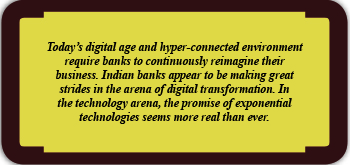 Financial Literacy: Some of the recent initiatives towards improving financial literacy in India include setting up the National Centre for Financial Education and implementation of the Centre for Financial Literacy project by the RBI. These steps aim to promote financial education across India for all sections of the population.
Financial Literacy: Some of the recent initiatives towards improving financial literacy in India include setting up the National Centre for Financial Education and implementation of the Centre for Financial Literacy project by the RBI. These steps aim to promote financial education across India for all sections of the population.
E-RUPI: e-RUPI is a person & purpose specific digital payments instrument to allow for contactless & cashless payment solutions and shall play an important role in making the Direct Benefits Transfer more seamless & effective. The solution is being adopted for cashless payments for Covid-19 vaccination.
India Stack: IndiaStack is a set of APIs that allows governments, businesses, startups and developers to utilise a unique digital Infrastructure to solve India’s hard problems towards presence-less, paperless, and cashless service delivery. The India Stack has been the driving force behind the accelerated evolution of Fintechs. It is one of the most important digital initiatives undertaken globally, aimed at putting up a public digital infrastructure based on open APIs to promote public and private digital initiatives and has played a catalytic role in India’s digital foundation and evolution
The banking sector is undergoing a transformation where technological innovation and capital preservation have become fundamental for the survival of every organisation. On one hand, various macro-prudential regulatory efforts and restructuring initiatives have led to resurrection and revival of the sector. On the other hand, the sector is continuously facing challenges due to the launch of digital innovation, and disruptions from within and outside the sector.
During the pandemic, when every other sector experienced slump in growth, the Fintech sector has thrived as COVID-based restrictions curtailed physical movement and encouraged contactless transactions. A study conducted by the Boston Consulting Group (BCG) in association with the Federation of Indian Chambers of Commerce and Industry (FICCI) stated that India’s Fintech industry could reach US$150-160 billion by 2025
Blockchain
Widespread adoption of blockchain technologies for a wide-range of purposes, including in the BFSI and Healthcare segments. Additionally, marquee Indian developer and service providers in the segment have emerged over the last few years – that have enabled a large base of use-cases for these technologies.
Digital Payments
Digital payments have gone from being rare to standard practice. Digital payments has been the poster boy since the beginning. In recent years, we have witnessed a plethora of exciting innovations like UPI, biometric payments, e-wallets initiations by banks, BharatQR code, and sound-wave-based payment technologies. One of the primary reasons can be attributed to the forward-thinking of central & state governments and Reserve Bank of India for successfully bringing a digital payment revolution in India.
India has emerged as one of the most exciting markets for digital payments across the world . In fact, for many the question is no longer about whether we should use digital payments, but rather how we make payments faster, better and more secure. Digital payments in India will reach $10 trillion in value by 2026 from $3 trillion now, with this we can clearly see, that the cash will increasingly be used less.
India is set to become a digital payment economy as a source of payments invert with 65 per cent transactions being done digitally by 2026, as opposed to 40 per cent transactions today.
Neobanking to bring the next revolution
 A digital bank and a neobank aren’t quite the same, even though they appear to be based on the mobile-first approach and emphasis on digital operating models. A neobank, on the other hand, exists solely online — without any physical branches independently or in partnership with traditional banks. This enables them to navigate and comply with the regulatory environment.
A digital bank and a neobank aren’t quite the same, even though they appear to be based on the mobile-first approach and emphasis on digital operating models. A neobank, on the other hand, exists solely online — without any physical branches independently or in partnership with traditional banks. This enables them to navigate and comply with the regulatory environment.
The substantial growth potential for neobanks is driven by their low-cost model for end consumers with no or very low monthly fees on banking services such as minimum balance maintenance, deposits and withdrawals. Adoption by millennials, micro, small and medium enterprises (MSMEs), and those having sporadic incomes and earnings, embracement of innovative technologies and rising consumerism are some of the catalysts for the success for neobanks.
The need to embrace neobanks became more urgent than ever as they successfully solved the practical problems of traditional banking (physical branch visits, long queues, and handling cash) in the wake of the pandemic. Several end-use markets have witnessed an uptick in neobanking engagement due to increased acceptance during the lockdown. These include both enterprise and personal consumers.
Digital Lending
Digital lending has emerged as an effective alternative to traditional lending (by financial institutions) for people who are new to credit or are underserved by the financial system.Digital lending is one of the fastest-growing fintech segments in India and is expected to the market to reach a value of around 350 billion dollars by 2023.
This business was mainly covered by fintech startups, neo banks and Non-Banking Finance Companies (NBFCs). Commercial banks are also fast joining the genre of financial intermediaries either lending digitally on their own or joining with NBFCs to share the synergies.Increasing adoption of digital banking platform due to the increased use of smartphones also increases the Digital Lending Market demand.
In order to process huge customer information, various digital lending platform providers uses advance technologies such as, Machine Learning, Artificial Intelligence, and Cloud Computing in their product. Over 190 million Indian adults don’t have any kind of bank account thereby representing a huge opportunity. Over the years, the digital lending market in India has significantly expanded. The value of digital lending rose from USD 33 billion in FY15 to USD 150 billion in FY20 and is projected to reach USD 350 billion by FY23.
WealthTech
There has been a robust growth seen in the wealthtech sector in India, thanks to the growing digital adoption and increasing investor interest in the segment. The wealthtech sector in India has over 300 startups focusing on robo-advisory, personal finance management, online brokerages, investment platforms, among other use-cases. the Indian wealth tech market is projected to expand rapidly from roughly US$20 billion in 2020 to around US$63 billion in 2025.
The fintech market in India is growing at an unprecedented rate, making India one of the fastest-growing fintech markets, ahead of the US. This includes a particularly significant growth of the wealthtech sector in India. Moreover, the internet penetration in India, fuelled by the pandemic, has soared by 8.2% since last year alone, leading to increased digital adoption. Additionally, increasing disposable incomes has also kindled a need for wealthtech solutions. These factors, along with increased investor participation in the wealthtech sector from Tier-II cities in India, is propelling the segment forward by leaps and bounds.
Fintech market to witness $1.3 Tn opportunity in India
Indian fintech market is expected to reach USD 150 billion in valuation by 2025. The fintech adoption rate is at 87 per cent as against the global average of 64 per cent. It is possible because of the smartphone penetration in the society has led to fintech industry growing rapidly and the digitisation goal of the government will reach more than 3,000 cities till 2025.
India’s overall fintech market opportunity is estimated to be $1.3 Tn by 2025, growing at a CAGR of 31% during 2021-2025. Of this, lending tech is likely to account for 47% ($616 Bn), followed by insurtech at 26% ($339 Bn) and digital payments at 16% ($208 Bn). Among these three, insurance tech is the fastest-growing fintech sub-segment in terms of market opportunity, growing at a CAGR of 57%, followed by investment tech (44%) and fintech SaaS (40%).
Aadhaar Enabled Payment System in a way has revolutionised banking by doing away with the need for having a brick-and-mortar branch. More than 50 lakh banking correspondents across the country are carrying out “cash in cash out” kind of transactions using the system.
The Unified Payments Interface (UPI) has made it easy for people to carry out transactions and the technology is successful because various partnerships have been put in place to deploy it.
However, the challenges are faced by the industries ,there is a need for a proper cyber security system, real time disputes to be solved and emergency purposes with tech consultation.
Some of the major names in Wealthtech includes :
| INDWEALTH | SCRIPBOX |
| ZERODHA | SQRRL |
| UPSTOX | CUBE WEALTH |
| GROWW | WEALTHDESK |
| KUVERA | ETMONEY |
InsurTech
InsurTech landscape is quite nascent in India.India has showcased a very strong momentum, with Insurtech funding nearly doubling in the last 2 years driven majorly by General Insurance and B2C focused Insurtechs.
“Insurtech is the fastest-growing fintech sub-segment in terms of market opportunity, growing at a CAGR of 57%, followed by investment tech (44%) and fintech SaaS (40%). Currently, the insurance market has a very low penetration compared to global leaders.
Further, insurtech companies in India raised $1.8 Bn between 2014 and Q1 2022, accounting for 8.18% of the $22 Bn funding raised by the entire fintech ecosystem. The year 2021 saw the maximum capital inflow in this sector, with Acko and Digit raising $225 Mn and $200 Mn, respectively, making it to the top funding deals of the year.
The current InsurTech space in India is being dominated by these new-age insurers like Acko, Artivatic, Mantra Labs, Pentation Analytics, Policy bazaar, Toffee Insurance with their ability to attract and popularity among millennials.
Besides the core financial services segments, some other areas like agriculture, healthcare, and housing have started leveraging technology and finance in order to provide easier access to their services to the vast population in India. This is leading to the rise of AgriTech, HealthTech, and PropTech startups that are disrupting traditional ways of doing business in three industries that facilitate the nation’s most vital necessities—food, healthcare, and shelter for citizens
Challenges
Despite the policies, a large segment of the adult population still lacks access to formal financial services due to the overwhelming size of its people and the apparent disparity between the rural and the cities. Moreover, the accessibility of cost-effective and sustainable delivery mechanisms to rural areas further complicates the situation.
Approximately two-thirds of India’s population lives in rural areas, along with 70 percent of the labor force. Despite the growing rural economy and the increased use of financial services among rural people, fintech firms struggle to meet rural demand.
Decreasing margins on financial transactions, exorbitant working capital and high operating expenses, and lack of financial literacy are critical deterrents in adopting many financial products and services.
Outlook
The Fintech sector in India has immense potential, with results likely to be visible in the future. Equal support from the government and financial institutions will help fintech grow swiftly. Fintechs just need to implement the right strategy to make customers use other services in India as many people use smartphones and UPI apps. Regardless of the challenges, the Fintech industry in India will prosper over the years.
Artificial Intelligence and machine learning will further increase the penetration and efficiency of the fintech market. About 85% of financial executives plan to increase their investment in artificial intelligence, a study by the Economist Intelligence Unit(EUI) shows. A survey by Deloitte Insights suggests that about 70% of all financial services firms are using machine learning to predict cash flow events, calculate and refine credit scores and detect fraud.
Finally, The various facets of FinTech have gradually influenced a lot of businesses in India. FinTech provides the much-needed convenience and security that consumers and merchants find preferable to conventional means. Even small-scale stores find it necessary to implement one or more FinTech products. This large-scale implementation of FinTech, given the current evolution in the domain, has made the usage of FinTech optional to a mandate.
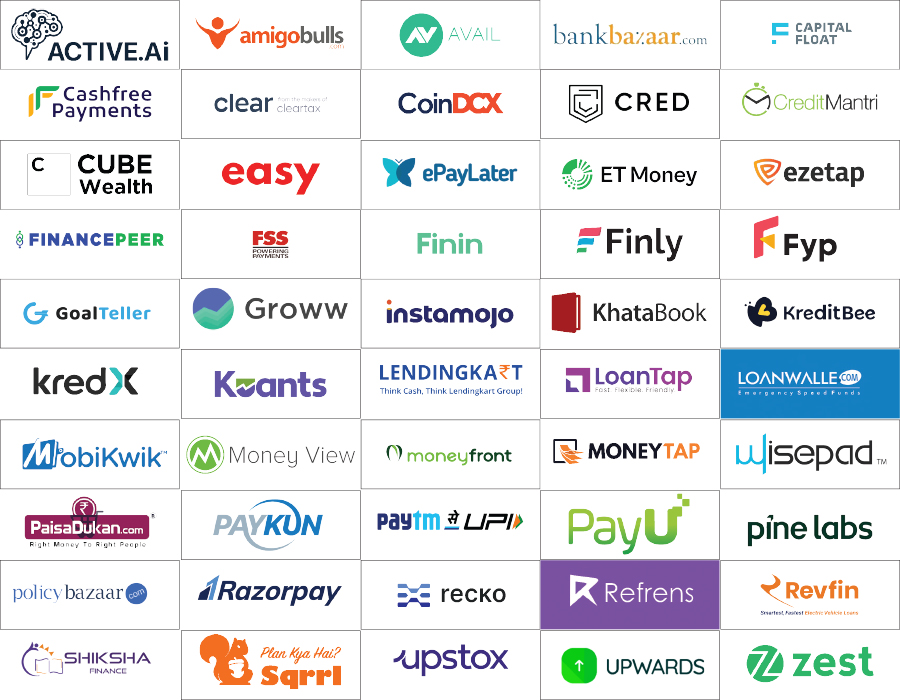


Legal Battle Over IT Act Intensifies Amid Musk’s India Plans
The outcome of the legal dispute between X Corp and the Indian government c...

Wipro inks 10-year deal with Phoenix Group's ReAssure UK worth
The agreement, executed through Wipro and its 100% subsidiary,...

Centre announces that DPDP Rules nearing Finalisation by April
The government seeks to refine the rules for robust data protection, ensuri...

Home Ministry cracks down on PoS agents in digital arrest scam
Digital arrest scams are a growing cybercrime where victims are coerced or ...

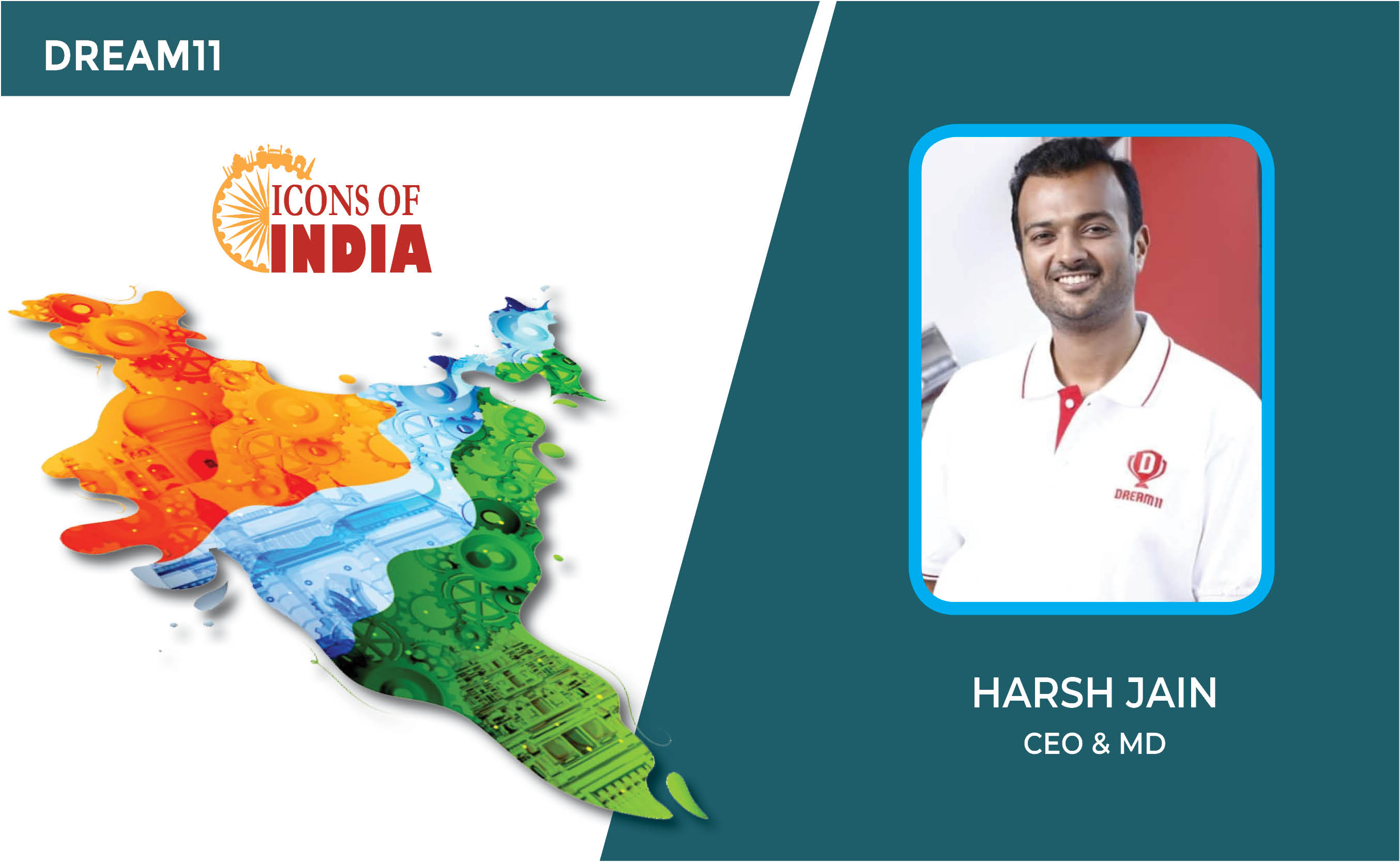
Icons Of India : Harsh Jain
Harsh Jain, the co-founder of Dream 11, the largest fantasy sports web...
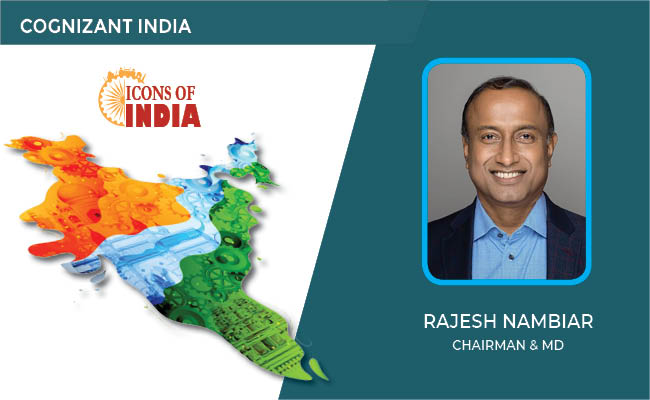
ICONS OF INDIA : RAJESH NAMBIAR
Rajesh leads the company’s India associates and enhances relationshi...
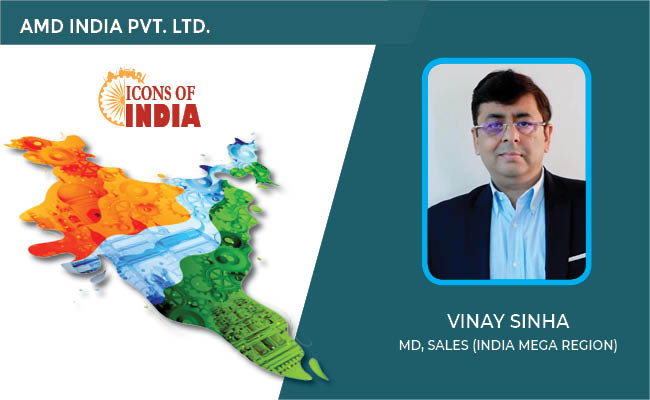
ICONS OF INDIA : VINAY SINHA
Vinay Sinha is the Managing Director of Sales for the India Mega Regio...


NPCI - National Payments Corporation of India
NPCI is an umbrella organization for operating retail payments and set...

CSC - Common Service Centres
CSC initiative in India is a strategic cornerstone of the Digital Indi...

IREDA - Indian Renewable Energy Development Agency Limited
IREDA is a specialized financial institution in India that facilitates...


Indian Tech Talent Excelling The Tech World - JAYASHREE ULLAL, President and CEO - Arista Network
Jayshree V. Ullal is a British-American billionaire businesswoman, ser...

Indian Tech Talent Excelling The Tech World - ANJALI SUD, CEO – Tubi
Anjali Sud, the former CEO of Vimeo, now leads Tubi, Fox Corporation�...

Indian Tech Talent Excelling The Tech World - PADMASREE WARRIOR, Founder, President & CEO - Fable
Padmasree Warrior, the Founder, President, and CEO of Fable, is revolu...
 of images belongs to the respective copyright holders
of images belongs to the respective copyright holders